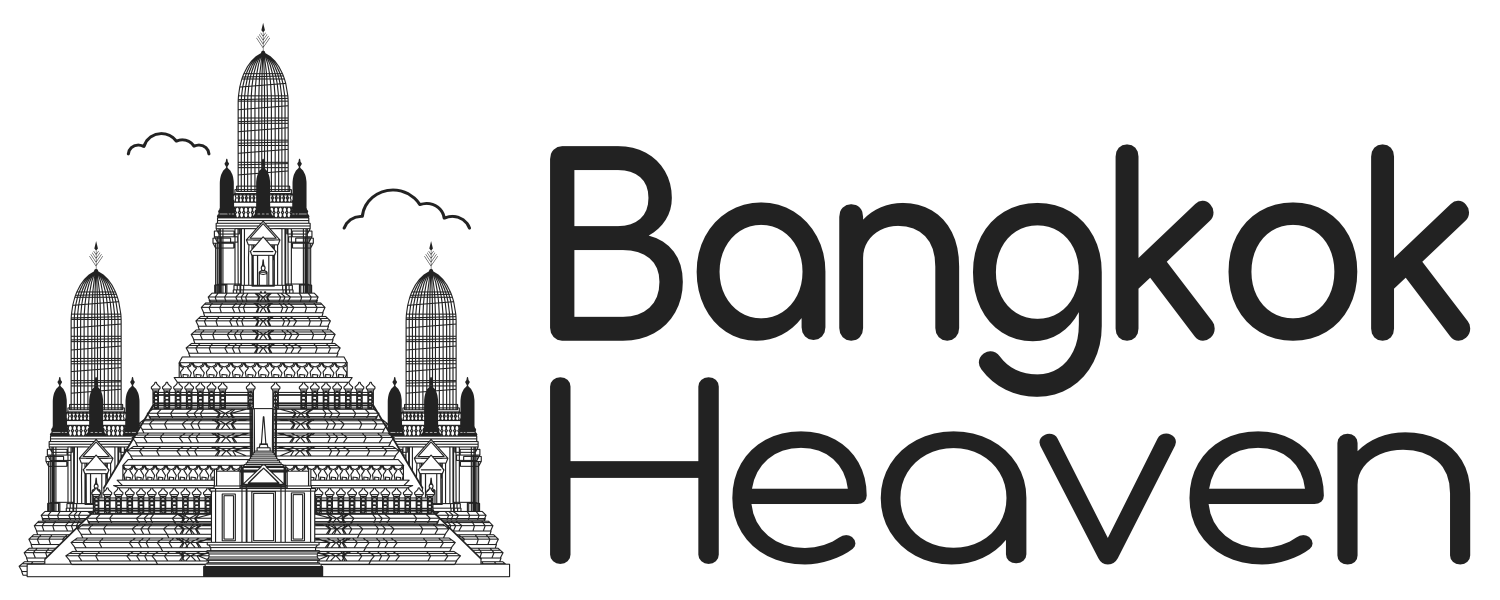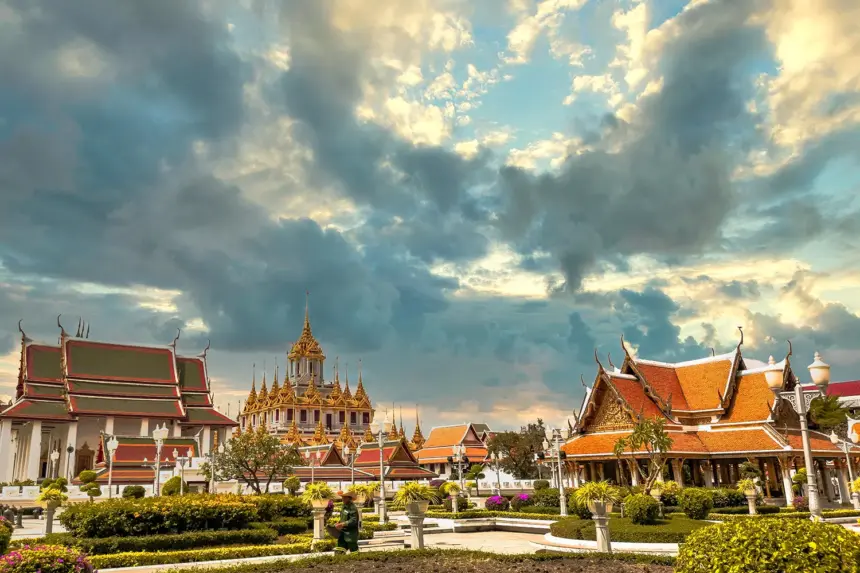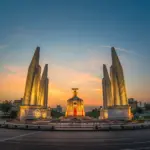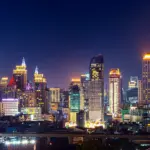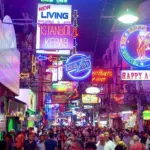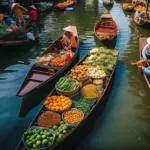Wat Ratchanatdaram Woravihara (Loha Prasat): A Unique Gem in Bangkok’s Spiritual Landscape
Wat Ratchanatdaram Woravihara, also known as Loha Prasat, is one of Bangkok’s most unique and historically significant temples. While Bangkok is home to numerous ornate and beautiful temples, Loha Prasat stands out for its remarkable architectural design and its deep-rooted spiritual and cultural significance. Located near the bustling district of Rattanakosin Island, this temple complex is an essential stop for those interested in exploring Thailand’s rich religious history and the intricacies of its architecture.
In this article, we will take a closer look at the history of Wat Ratchanatdaram Woravihara, the unique architectural design of Loha Prasat, and its significance both culturally and spiritually. We will also discuss the conservation efforts to preserve this unique temple and its place in modern Thailand.
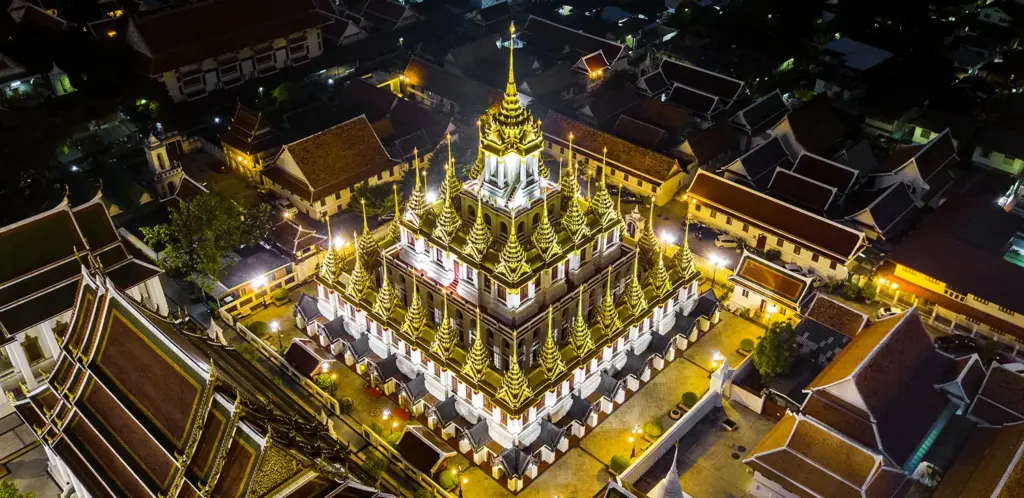
Historical Background
Wat Ratchanatdaram Woravihara was commissioned by King Nangklao (Rama III) in 1846. The temple was built as a gift for his beloved granddaughter, Princess Somanass Waddhanawathy, who would later become Queen. The king envisioned a temple that would not only serve as a religious monument but also as a representation of his dynasty’s commitment to Buddhism.
Loha Prasat, the central structure of Wat Ratchanatdaram, is the most distinctive feature of the temple and remains one of the rarest forms of religious architecture in the world. The term “Loha Prasat” translates to “Metal Castle,” referencing the metallic structure that forms its spires. The design of Loha Prasat was inspired by ancient Indian and Sri Lankan monasteries, especially the Jetavana Monastery in Sri Lanka. At the time of its construction, Loha Prasat was a relatively new architectural concept, and it was the first of its kind in Thailand.
Unique Architecture of Loha Prasat
Loha Prasat’s architectural design is strikingly different from other temples in Bangkok. Its defining feature is its 37 metal spires, symbolizing the 37 virtues required for enlightenment in Buddhist teachings. These spires, made of black iron, rise in multiple tiers, creating a labyrinth-like structure that attracts admiration for its symmetry and design complexity.
The structure of Loha Prasat is a multi-tiered tower with five stories and three concentric square levels. Each tier is interconnected through narrow corridors, and the overall layout is highly geometric, reflecting ancient Indian architecture’s influence. The central tower rises to a height of 36 meters (118 feet), which provides a commanding view of the surrounding area and is crowned by a gilded spire.
Symbolism in Design
Loha Prasat’s design is deeply symbolic, both in its physical structure and in its spiritual purpose. The 37 spires correspond to the 37 virtues of Bodhipakkhiya Dhamma, which are the qualities a Buddhist practitioner must develop to achieve enlightenment. The concentric square design also represents the hierarchy of the universe in Buddhist cosmology, with the central spire symbolizing the ultimate goal of Nirvana.
The building’s design encourages meditation and introspection, with winding corridors and secluded meditation chambers spread throughout the temple. The temple is a sanctuary for those seeking peace and spiritual reflection in the middle of Bangkok’s busy urban environment.
Spiritual and Religious Significance
Wat Ratchanatdaram Woravihara, and Loha Prasat in particular, serves as a symbol of Thailand’s commitment to Buddhism. While many of Bangkok’s temples focus on ornate decoration and grandeur, Loha Prasat is notable for its austere beauty and minimalist design, which aligns with the core principles of Buddhism — simplicity, mindfulness, and the pursuit of inner peace.
The temple remains a place of meditation and spiritual practice for both monks and laypeople. Visitors are welcome to explore the meditation rooms inside Loha Prasat, where the structure’s design creates an atmosphere of tranquility and seclusion. The temple is also home to a number of sacred Buddhist relics, which are housed within the upper levels of the building.
Loha Prasat’s religious significance is also tied to its historical role as a center of learning and spiritual instruction. Over the centuries, the temple has hosted numerous monks and scholars, and it continues to function as a spiritual and educational hub for Thai Buddhists.
Restoration and Preservation
Despite its beauty and historical importance, Wat Ratchanatdaram Woravihara and Loha Prasat have faced challenges over the years, including deterioration due to age and the effects of Bangkok’s humid climate. However, the temple has been the focus of restoration efforts over the past few decades, supported by both the Thai government and UNESCO.
In the late 20th century, Loha Prasat was proposed for inclusion on UNESCO’s World Heritage list, and the temple received renewed attention from cultural conservationists. While it has not yet been officially designated as a UNESCO World Heritage Site, its potential listing has sparked ongoing preservation efforts.
The restoration work has included reinforcing the building’s iron structure, cleaning and repairing the spires, and improving the interior’s infrastructure to accommodate the growing number of visitors. These efforts ensure that Loha Prasat remains a symbol of Thailand’s religious and cultural heritage for future generations.
Loha Prasat in Modern Times
Today, Loha Prasat is a popular tourist destination, drawing visitors from around the world who are intrigued by its unique design and spiritual significance. The temple is conveniently located near other major landmarks in Bangkok, such as the Golden Mount (Wat Saket) and Democracy Monument, making it an easy stop on any tour of the city’s historical district.
The temple complex also hosts regular Buddhist ceremonies and festivals, attracting both locals and tourists who come to participate in religious activities or simply to admire the architectural beauty of the temple.
For modern Thai Buddhists, Loha Prasat serves as a reminder of their spiritual heritage, offering a place of retreat and meditation amidst the bustling life of Bangkok. The temple’s continuing relevance as a center for both spiritual practice and historical preservation highlights its ongoing importance in contemporary Thai culture.
Visiting Wat Ratchanatdaram and Loha Prasat
Visitors to Wat Ratchanatdaram and Loha Prasat will find themselves captivated by the beauty and serenity of the temple complex. The open design of Loha Prasat allows for easy exploration, with visitors encouraged to walk through its corridors and climb to the upper levels for panoramic views of the surrounding cityscape.
While the temple is a popular tourist site, it maintains a peaceful and reflective atmosphere, offering a respite from the crowded streets of Bangkok. It’s a place where tourists and spiritual seekers alike can engage with Thailand’s rich religious traditions.
Entrance fees are minimal, and the temple is open to visitors every day. It’s recommended to visit early in the morning or late in the afternoon to avoid the heat and to fully appreciate the tranquility of the temple.
Conclusion
Wat Ratchanatdaram Woravihara and Loha Prasat stand as extraordinary examples of Thailand’s architectural innovation and spiritual devotion. As one of the few surviving examples of metal castle architecture, Loha Prasat is not only a remarkable feat of design but also a living monument to Buddhist teachings and the pursuit of enlightenment.
With its symbolic architecture, peaceful atmosphere, and significant role in Thailand’s cultural and religious history, Loha Prasat continues to be a must-visit site for anyone interested in Thai culture, architecture, or spirituality. As preservation efforts continue, this jewel of Bangkok’s spiritual landscape will remain a testament to the enduring beauty and wisdom of Thai Buddhism for generations to come.
